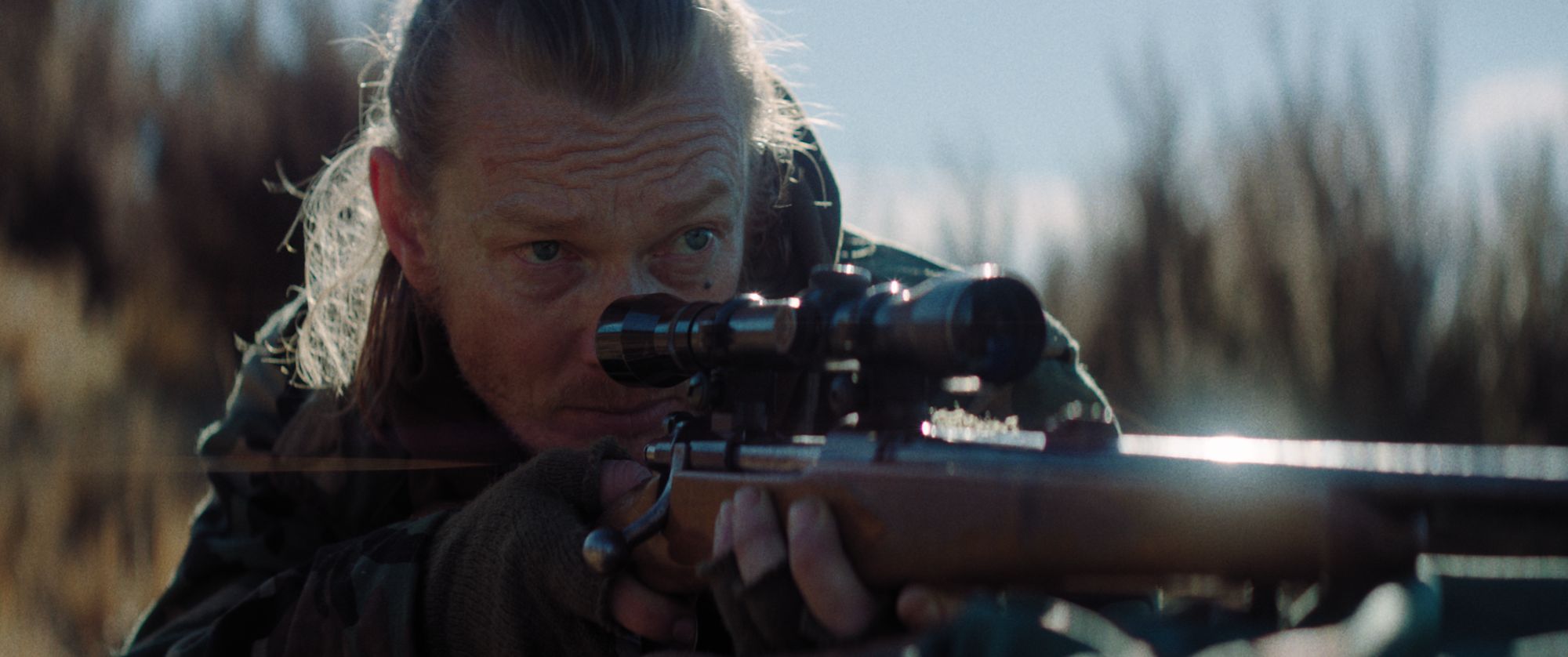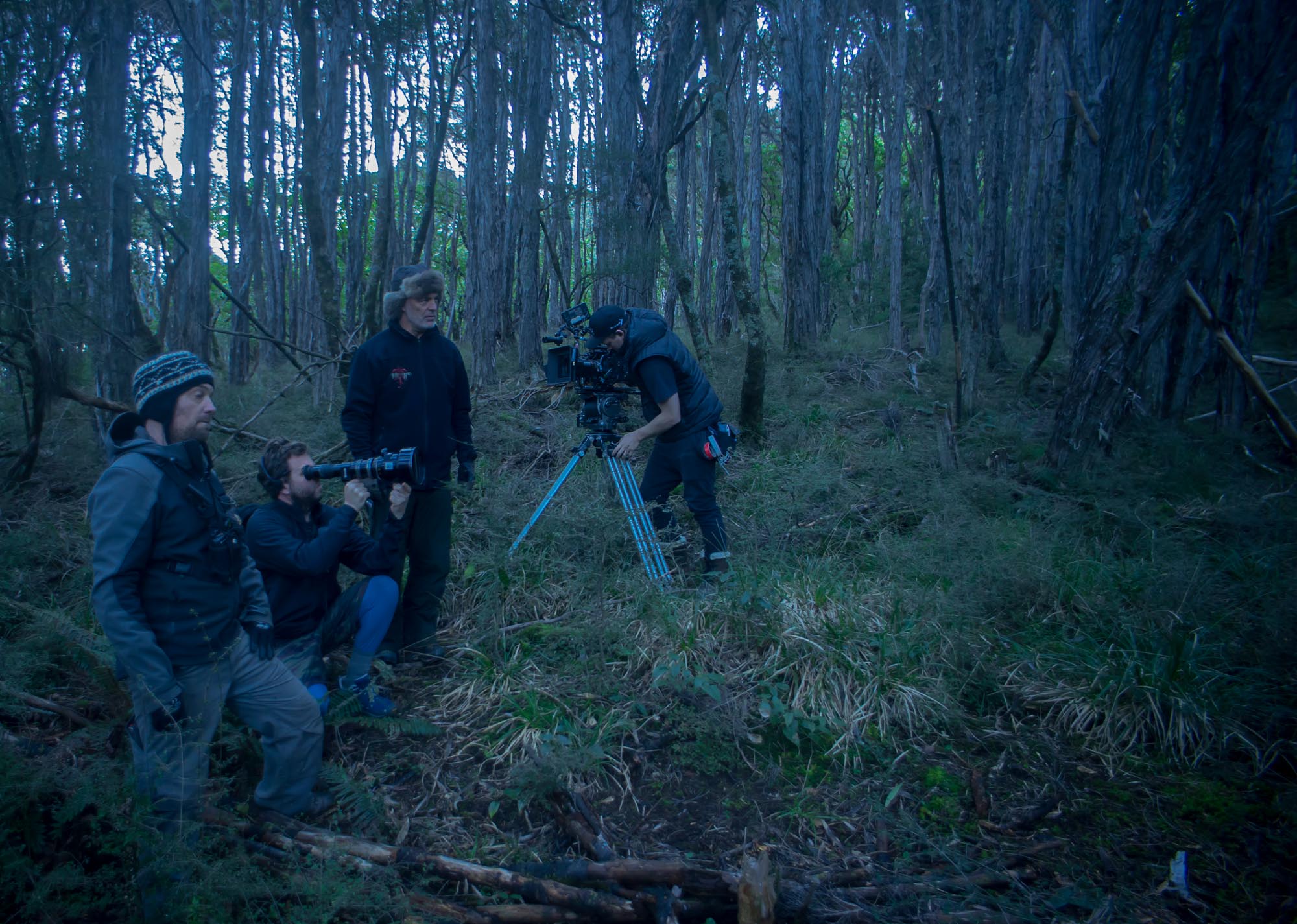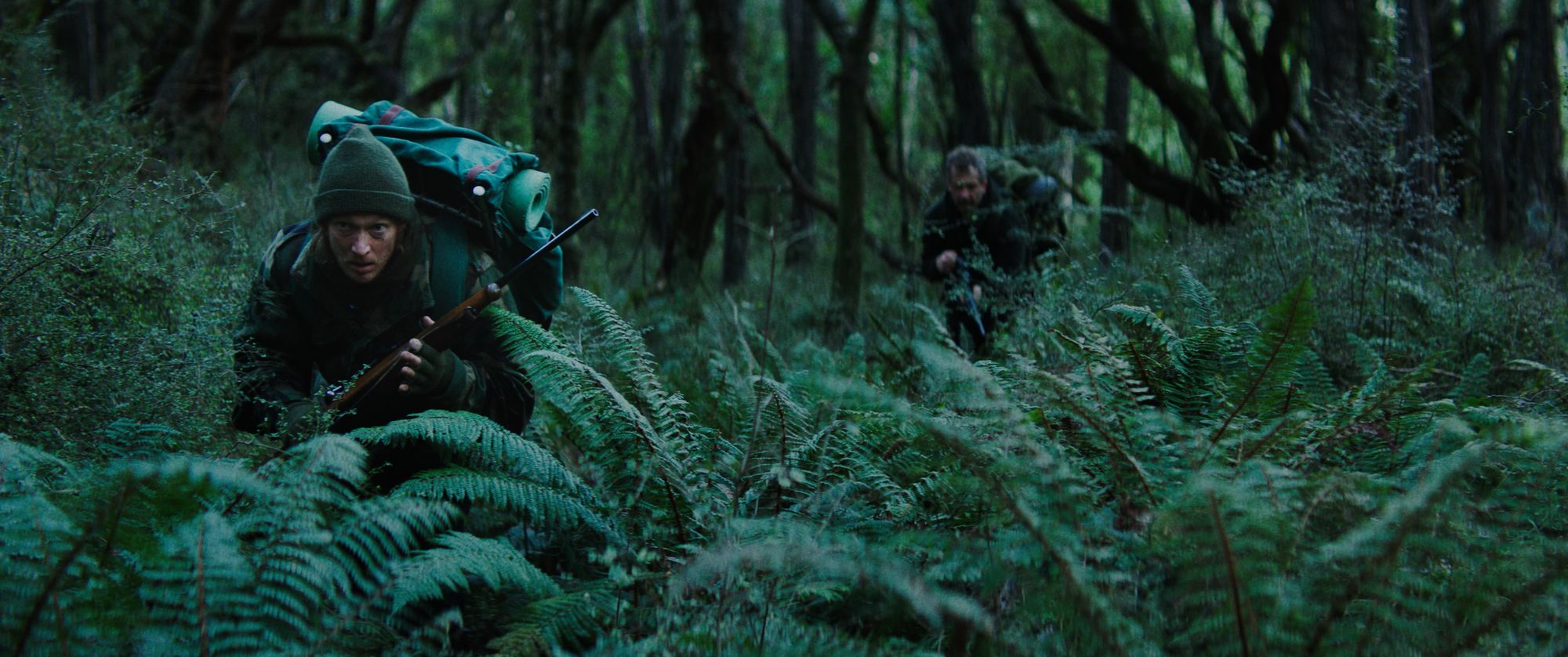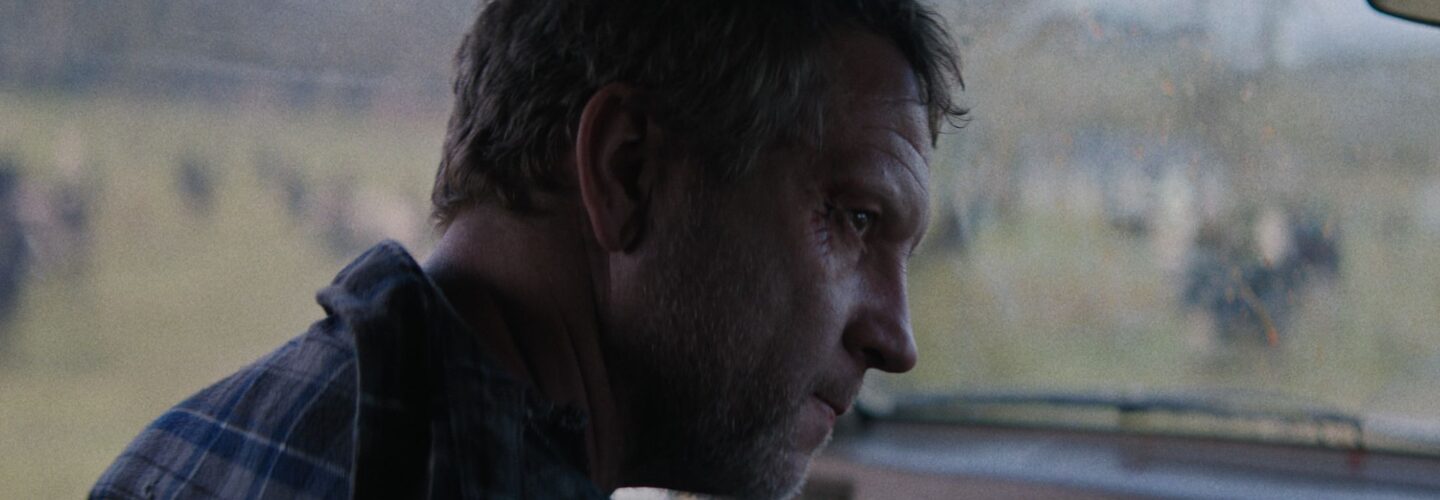
Nothing corrodes the soul quite like unexpressed anger, an emotional suppression which time stokes rather than dissipates. It is this seething rage which pervades the fractious fraternal pairing in Summer Agnew’s bristling thriller The Brother – a film set in the high-country wilderness of New Zealand. As part of The Brother’s DN premiere today, we sat down with Agnew to learn how he and his crew met the challenges of a full production in the mountains and why the writer/director chose to embrace an ‘anti-narrative’ structure for this exploration of unspoken resentment and the ripples of toxic masculinity present in New Zealand culture.
What were the origins of this tale of toxic masculinity and seething resentments, and why did this remote setting appeal as the narrative backdrop?
It took about 3 years from start to finish. I’d just moved to Berlin when I started jamming on the idea and around this time New Zealand’s meth epidemic was spiking violent crime. From the outside, NZ is perceived as idyllic but we’ve got the same problems as anywhere else, including one of the highest violent crime rates in the developed world. Looking back at NZ from overseas, I was keen to make a genre film that spoke to the unease I was feeling about this social decay. The film is anti-narrative, which people say is the best way to make an ‘unsuccessful’ short film, but I felt like the perspective of the film needed to follow the passing of emotional burden from one character to the next. My ambition was to make a kind of Emo Western.
The film is anti-narrative, which people say is the best way to make an ‘unsuccessful’ short film.
As I was writing, the ongoing fallout from a New Zealand mining disaster saw grief and anger cutting deep within the tight-knit mining town where no one was left untouched by the tragedy. Thinking about a place where community is woven within the fabric of identity, I wondered what would happen to an individual if that community turned its back and what would life after this look like? A prodigal son returning to face this crossroads seemed like a worthy beginning for a film. The hunting tie-in came from wanting to ratchet up the tension of this homecoming. Unfolding the brothers’ relationship out there in the wilderness of a hunt felt like a good turning of those screws.

How cooperative were the deer to the needs of the shoot?
Red Deer were introduced into New Zealand in the late 1800s and their numbers rapidly swelled. The 1970s saw population numbers so high that the government enlisted private contractors with helicopters and machine guns to cull their numbers. Today Red Deer thrive in New Zealand’s backcountry wilderness where male Stags prove challenging trophies for hunters. During these months they’re aggressive, loud and emboldened, giving hunters 56 a short-lived opportunity to locate them in the wilderness.
Despite their number, seeing a Red Deer in the wild requires both patience and stealth movement through back-country terrain. A difficult feat for a film crew to pull off while hauling gear through the wilds. After spending a bit of time scouting South Island locations it became clear we needed the support of a high country farming station to realise the script. The project received funding support from the New Zealand Film Commission but this wasn’t quite enough money to stage a shoot in the mountains. Luckily we had co-production support from Soup Film in Germany, generous assistance from Panavision New Zealand, and the support of Manuka Point Lodge, who opened up every inch of their place to us. The crew was stacked three people to a room and I ended up sleeping on a living room floor but those guys were amazing, hauling our gear around in their trucks. We really couldn’t have done it without them.
To what extent was location an arbiter of your equipment and compositional choices?
Yeah, you want to keep everything light and nimble when shooting in the mountains but we pretty much did the exact opposite of that. It was always going to be a tough script to resource with the brothers setting off hunting the wilderness and climbing up into remote alpine terrain where they realise deer is not the only thing being hunted. This kind of narrative owes a visual debt to Westerns that have ridden a high country trail and I was excited about a timeless photographic approach. One that felt grounded in the world of the characters: stepping back to let them move through the environment, letting the drama of the landscape feed narrative tension, and subtly moving the camera to heighten that tension.
I’d made the decision early on to make the crew lug anamorphic glass around the mountains.
That meant a dolly, tracks and jib arm which was already a truckload of gear. I’d also won the SPADA New Filmmaker of the year award which came with the support of Panavision, so I’d made the decision early on to make the crew lug anamorphic glass around the mountains. 1st AC Ben Rowsell prepped rigs to mount rifle scopes in front of the lenses but the final setup was about the least portable approach you could take to backcountry deer stalking. We got really lucky.





Filming took place over 6 days toward the end of the mating season which offered the best chance to track a Stag in open terrain; the challenge on which the whole film was riding. There’s never enough time, but when you’re crossing rivers and climbing mountains and pulling gear through freezing nighttime forests it goes pretty quick. But that’s the cool thing about making films in New Zealand; it’s the crew who dig in and make it happen and I’m grateful to everyone who helped put the film on screen.
One saving grace was that most of the scenes were daylight control so we could go super lean on the lighting package. Even so, it was a serious load to get from Auckland to the South Island. Our Grip Tommy Davis drove a fully laden truck down to Wellington then ferried across to the South Island and he was still driving it all back up long after the rest of us had arrived home again.
Both actors give impressively stoic performances, mostly conveyed through looks and body language. Could you tell us how you worked to achieve that?
The seed of what you’re talking about was there in the auditions and that’s partly what led me to Erroll Shand and Scott Wills who both did a fantastic job with that physicality. For me, the character work starts in the casting sessions which I like to do myself as the process opens the script up to varied perspectives and also means that, once you’ve all decided to work together, there’s already a solid idea about where everything sits.

From there we rehearsed the dynamic of the brothers, the physicality of how they dance around each other and the thing that’s hanging, unspoken between them. For one brother there’s seething anger born out of knowing in his bones the thing that he doesn’t want to believe. He’s leading the both of them toward this long-buried truth which only fuels the aggression coming back at him from his brother. It’s all speculation until you’re standing out there on a ridgeline, but emotionally what I was after was an awakening of a primal rage that’s ultimately met with a kind of compassion.
The shoot and edit was a process of testing what can be told physically rather than verbally.
I’d actually scripted more dialogue, explicit revealing of backstory, but the shoot and edit was a process of testing what can be told physically rather than verbally. With editor Luke Haigh we carefully stripped it all back to a kind of core physicality and what we found was that it doesn’t actually matter what the unspoken thing is. Even when you learn what went down you still don’t know how or why. But in avoiding an explicit telling the film is less about what happened and more about the psychological echoes of the trauma. How do we deal with trauma? How does our response to it inform the person we become? For me, this is how the film looks beyond itself in a hopeful way.
What do you have coming up next?
I’ve got another short that I hope to be shooting soon and am developing two feature films, both thrillers, one set in Berlin and the other a little closer to home.


